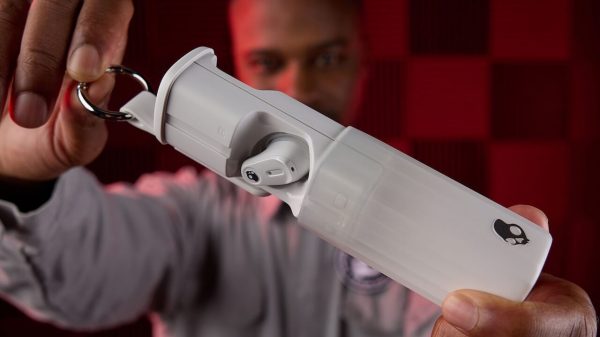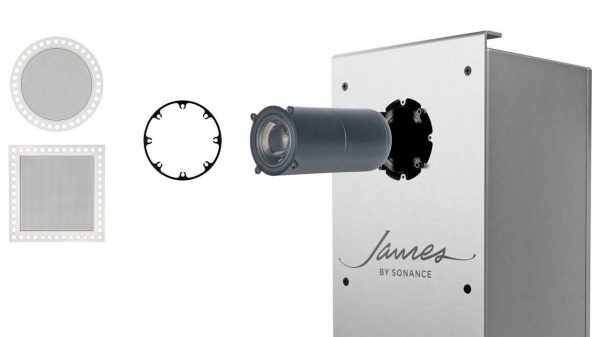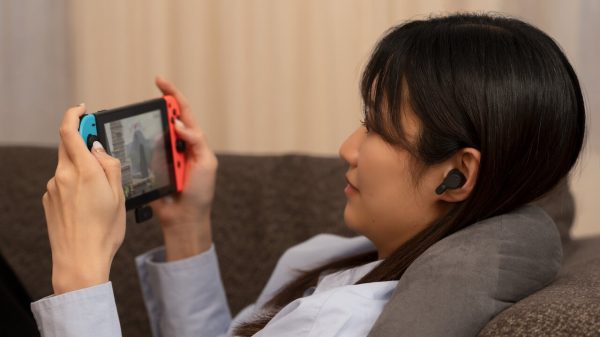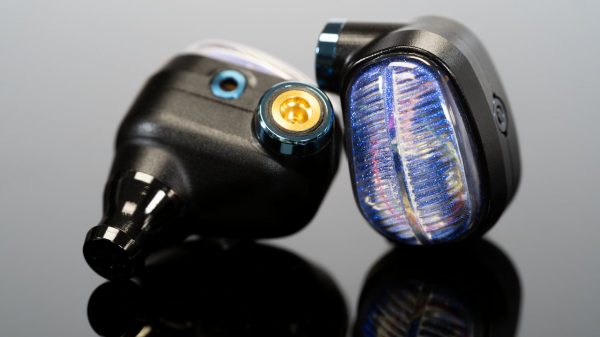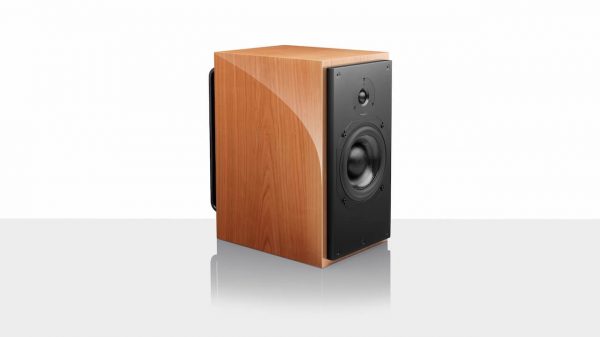Broadcast HD Camera Fujinon Lens Also for First Time in Consumer Camcorder
JVC has developed the first consumer full High-Definition 3-CCD camcorder capable of shooting and recording full HD images (1920 x 1080i). The technology will be offered in the new HD Everio GZ-HD7 to be available in April 2007, marking the technology’s first use in a consumer camcorder. The camcorder also features a Fujinon lens used in broadcast video cameras, now being used in a consumer camcorder for the first time. The 3-CCD system offers superior color reproduction.
Amid rapidly rising market needs for full HD equipment, JVC borrowed from its other high-quality, high-resolution image technologies developed over many years of camcorder research to develop this system, including its progressive CCD camera system, 3-CCD camera system, super high-end processor, and new HD Gigabrid high-resolution signal processing engine.
1. Full HD Images Created by 16:9 Progressive Scan CCDs recorded in full HD 1920 x 1080i to Hard Drive Camcorder for First Time (as of January 2007) in Consumer Industry.
JVC has developed the industry’s first (as of January 2007) high-quality full HD 3-CCD camcorder system for use in a consumer camcorder. It uses three 1/5-inch 16:9 progressive scan CCDs designed for HD use in a diagonally offset pixel configuration to generate the high resolution image for recording in full HD, explained in the technical detail section later in this article.
Designed for HD use, the 1/5-inch 16:9 progressive scan CCD has large pixels measuring 3.28 microns x 3.28 microns, roughly twice the size of pixels in JVC 2-megapixel camcorders, for greater modulation transfer function (MTF) and sensitivity values. The CCD aspect ratio was tailored to16:9 for full HD recording in a hard drive camcorder for the first time at JVC. The compact camera unit produces high-resolution images that are recorded in full HD 1920 x1080i resolution.
2. First Use (as of January 2007) of Broadcast HD Video Camera Fujinon Lens in Consumer Camcorder.
The highly regarded Fujinon lens used in the JVC system is also used in broadcast HD video cameras. Three aspherical lens elements provide the superior optical performance over the entire zoom range suitable for an HD system. The 3-CCD system has minimal drop off in F. No. because one of the aspherical lens elements is made of indexed glass. The resulting minimal F. No. is F1.8 wide open and F1.9 for telephoto, while keeping the lens unit small.
In addition, the lens surface is coated with a new Electronic Beam Coating (EBC) as used for broadcast HD lenses. In this process, vaporized chemical material is deposited onto the lens surface with an electronic beam inside a vacuum evaporation device. This coating greatly reduces degradation caused by reflected light on the lens surface, leading to greater light transmission. This reduces detrimental flaring and ghosting as much as possible for black levels.
As it does in the acclaimed and award-winning Everio GZ-MG505 3-CCD hard disk camcorder, JVC adjusts the GZ-HD7’s three CCDs precisely in the 3-CCD prism on each axis of a 6-axis color matrix before mounting them firmly in place with the high precision appropriate for an HD camera.
Newly Developed Progressive Scan CCD Overview
| Image size: | 1/5″ Diagonal |
| Aspect ratio: | 16:9 |
| Pixel size: | 3.28 microns x 3.28 microns |
| Total number of pixels per CCD: | 1016 x 558, approximately 570,000 pixels |
| Number of effective pixels per CCD: | 976 x 548, approximately 530,000 pixels |
JVC Uses Pixel Shift Technique
TheRed and Blue imaging CCDs are shifted a half-pixel both horizontally and vertically relative to the Green imaging CCD. Because the pixel-shift system uses progressive scan CCDs, signals are processed first as 1920 x 1080p progressive signals, then converted to 1920 x 1080i interlace signals for recording.
As a result, the system records a higher resolution HD image than the interline (IL) CCD system.
Pixel summary of recorded images
| Total pixels: | 2032 x 1116 (equivalent to 2.27 million pixels) |
| Number of effective pixels: | 1952 x 1096 (equivalent to 2.14 million pixels) |
The analog front end (AFD) uses 14-bit signal processing to produce HD high-quality resolution.
JVC developed a new HD-specific processing circuit to process high-density interpolation signals for brightness and color. The circuit separates low frequency and high frequency components of the brightness signal to create an image with exceptional color reproduction and less moire.
About JVC Company of America
JVC Company of America, headquartered in Wayne, New Jersey, is a division of JVC Americas Corp., a wholly-owned subsidiary of Victor Company of Japan Ltd., and a holding company for JVC companies located in North, Central, and South America. JVC distributes a complete line of video and audio equipment, including high definition displays, camcorders, DVD players and recorders, satellite systems, home and portable audio equipment, mobile entertainment products and recording media. For further product information, visit JVC’s Web site at http://www.jvc.com or call 800-526-5308.


